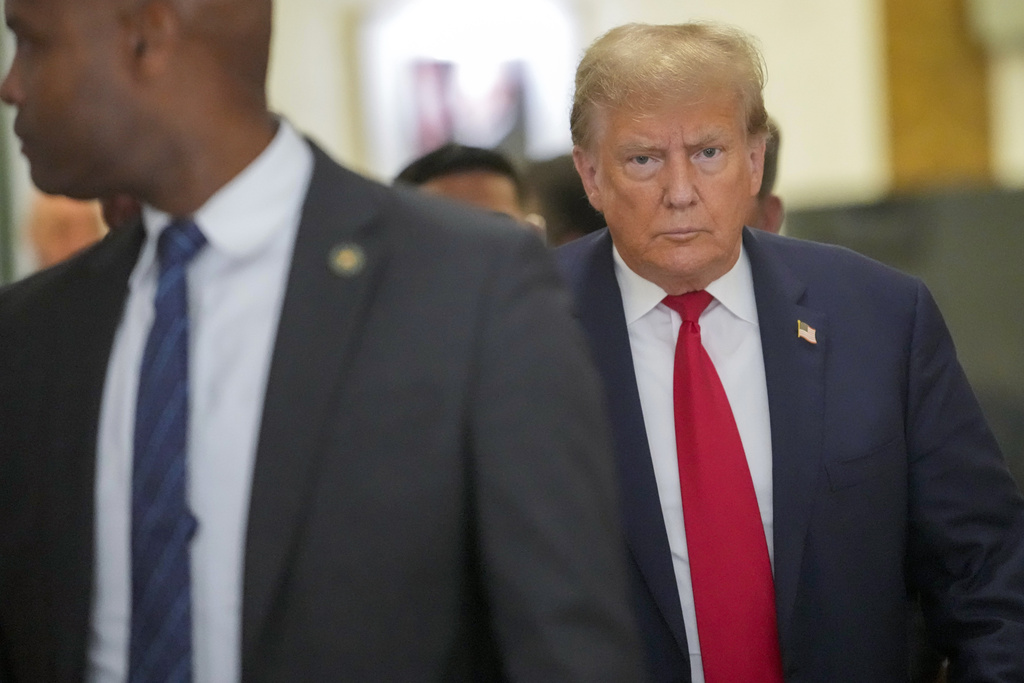The Quiet Coup: How Trump Is Undermining Democracy From Within

AP Photo/Mary Altaffer
America isn’t drifting toward authoritarianism; it’s already arrived—quietly, bureaucratically, almost politely.
The crowds, the chants, the carnival of grievance—that was Act One. In Act Two, the show has moved backstage. The footlights are off, the machinery hums, and President Donald Trump, who once ruled by impulse, now governs through design.
The old fear was that Trump’s chaos would wreck the republic. The new reality is worse: he’s learned how to run it. After two terms of cultural conditioning, the American public has been anesthetized by the permanent adrenaline of outrage. Every assault on democratic norms lands as déjà vu. What once felt like scandal now feels like weather.
The central project of Trump’s second term is not ideological but architectural—the systematic capture of the federal government. Its blueprint was published long before the inauguration: Project 2025, a 900-page manifesto laying out a plan for consolidating power. Trump once claimed he had “nothing to do with it.” But the architecture bears his fingerprints everywhere—most visibly in the ascendance of Russ Vought, the OMB director turned chief mechanic of the new order.
During the orchestrated government shutdown, Vought invoked emergency powers to lay off thousands of civil servants. Entire agencies were hollowed out under the pretense of fiscal discipline. Inspectors general, ethics officers, and policy staffers—those dull, indispensable sentinels of accountability—were shown the door. What remains is a skeleton bureaucracy whose loyalty flows upward, not outward.
This was the heart of Project 2025’s design: to replace neutral expertise with partisan obedience. Vought calls it “aligning the bureaucracy with the President’s priorities.” In practice, it is the demolition of the constitutional balance between Congress and the executive, law and loyalty. Power now emanates not from deliberation, but from decree.
At the same time, Trump’s deployment of federal forces in cities like Washington, Chicago, and Portland—under the fiction of “crime emergencies”—has normalized the sight of domestic militarization. Courts hesitate, Congress sputters, and the White House learns a lesson: if you act as though you have the authority, eventually you do.
None of this looks like a coup. It looks like administration. That’s what makes it so effective. The machinery of democracy still whirs, but it’s running a different program. The press still publishes; the courts still rule; elections still happen. Yet their cumulative weight feels diminished—like background institutions orbiting a single gravitational center.
Trump has mastered what strongmen like Viktor Orbán have long understood: : you don’t need to destroy a democracy to control it. You only need to occupy it from within. Keep the noise loud, the lights bright, and the public too weary to parse the details. Governance becomes spectacle, spectacle becomes governance, and the population learns to confuse fatigue with normalcy.
The American immune system—the press, the courts, the professional civil service—was designed to resist sudden trauma. It was not built for this: a slow, continuous rearrangement of its organs under the cover of procedural legitimacy. The system still appears intact because its destruction is administrative, not revolutionary.
To what end? Some may say this is merely a policy disagreement: Trump favors smaller government, fewer regulations, and a market-friendly redistribution of resources.
But the danger is not that the administration pursues conservative policies; it is how those policies are implemented. Through emergency powers, bureaucratic purges, and centralized control, these policy choices are being wielded to consolidate power and wealth, bypass oversight, and weaken the structural checks that make American democracy resilient.
The consolidation of power is, in fact, part of a massive wealth grab. Trump and his allies are redirecting trillions of dollars from public oversight and regulation into the hands of mega-billionaires who benefit from deregulation, privatization, and politically aligned contracts. Foreign business deals, defense and infrastructure awards, and regulatory rollbacks are not neutral policy—they are engineered enrichment. The result is a society increasingly bifurcated: a hyper-wealthy elite on one side, and the rest of the nation stripped of influence, protections, and recourse on the other.
This is not just inequality; it is destabilization. By weaponizing government to serve extreme wealth accumulation, the administration risks fraying the social contract itself. The logical consequence of such systemic enrichment is unrest, and if left unchecked, it may provoke revolutionary pressures. The stakes are nothing less than the preservation of the republic and the rule of law.
The danger lies not in overt authoritarian declarations but in the gradual erosion of democratic norms and institutions. By weakening the civil service, militarizing urban centers, and consolidating power within the executive branch, Trump is laying the groundwork for a presidency that is not merely strong but total: a fusion of state, party, and personal enrichment. The public’s focus on daily scandals obscures the more insidious threats to democracy unfolding behind the scenes.
David Carr once wrote that journalism’s purpose was to “name the thing.” The thing now is authoritarianism, cloaked in legality, spectacle, and distraction. And while the noise keeps rolling, the country risks awakening too late to the magnitude of what has been quietly stolen—its institutions, its wealth, and the very meaning of democracy.
This is an opinion piece. The views expressed in this article are those of just the author.